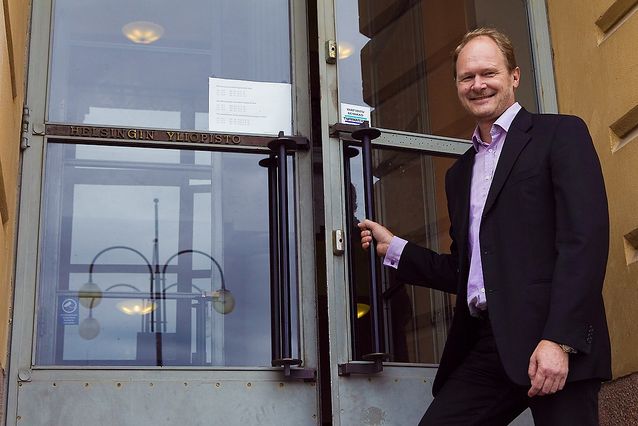Arto Haapala
Arto Kalervo Haapala
Born January 3, 1959, Helsinki
Bachelor of Arts 1982 (theoretical philosophy), Master of Arts 1984 (aesthetics), University of Helsinki
PhD 1988 (Philosophy), Birkbeck College, University of London
Docent in aesthetics 1989–, University of Helsinki
Visiting Professor in Philosophy 2015, University of Murcia, Spain
Professor of aesthetics 2000–, University of Helsinki
Acting Professor of aesthetics, 1995–2000, University of Helsinki
Affiliated Professor in Philosophy 2001, Temple University, USA
Visiting Professor in Philosophy 1999–2000, Lancaster University, UK
Senior researcher 1999–2000 and research fellow 1993–1995, Academy of Finland
Teaching assistant in aesthetics 1989–1993, University of Helsinki
Publications, research projects and other academic activity
Research themes: ontological questions concerning works of art, the interpretation of art, everyday aesthetics, aesthetic well-being
Prizes
The 2004 Yrjö Hirn prize, awarded by the Finnish Society for Aesthetics
Photo: Heikki Tuuli
Written by Arto Haapala (Riitta-Ilona Hurmerinta, ed.)
Translated by Matthew Billington

